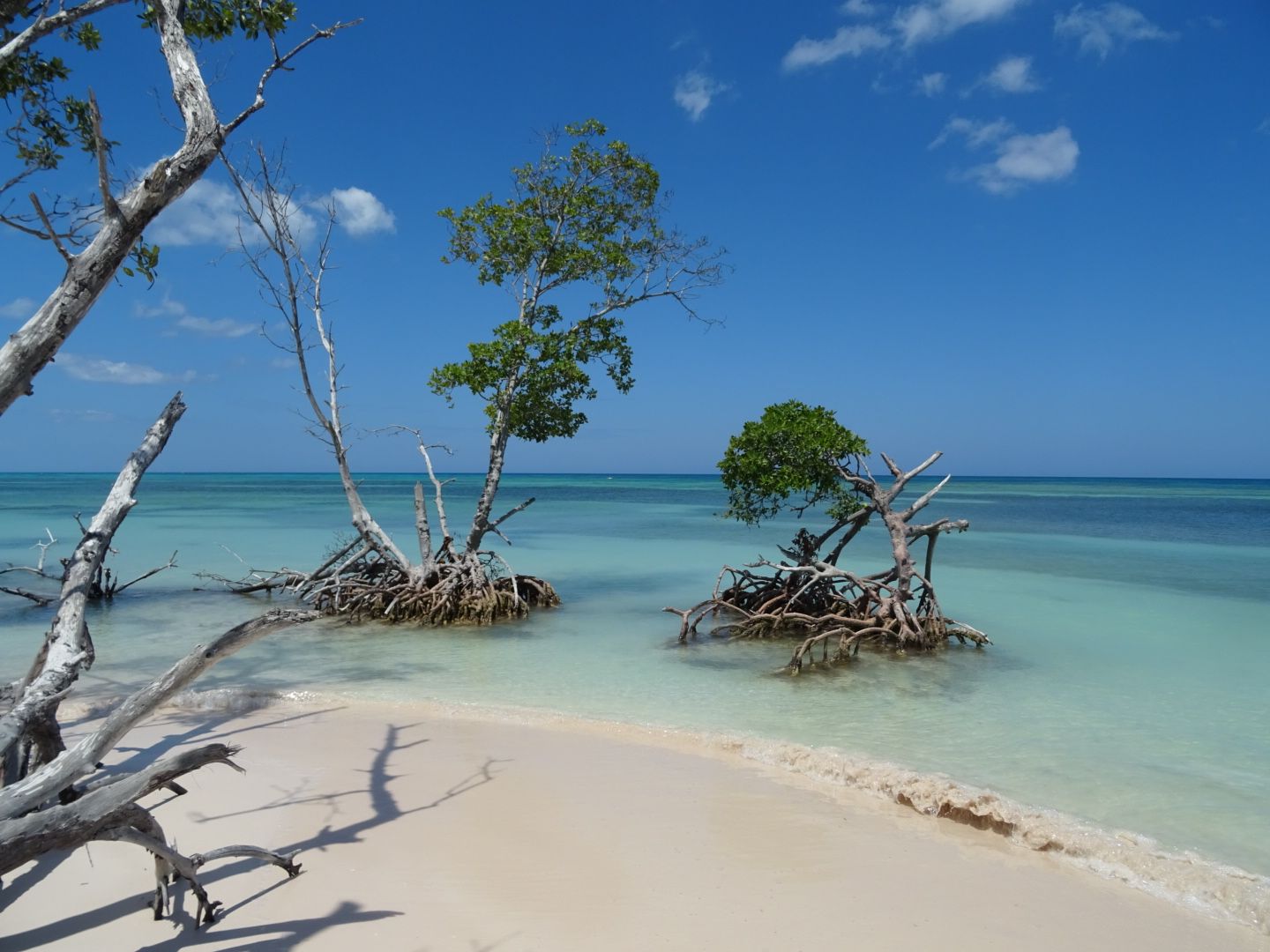Nepal, Kathmandu Valley and Manaslu Trail
Published: 19.10.2022
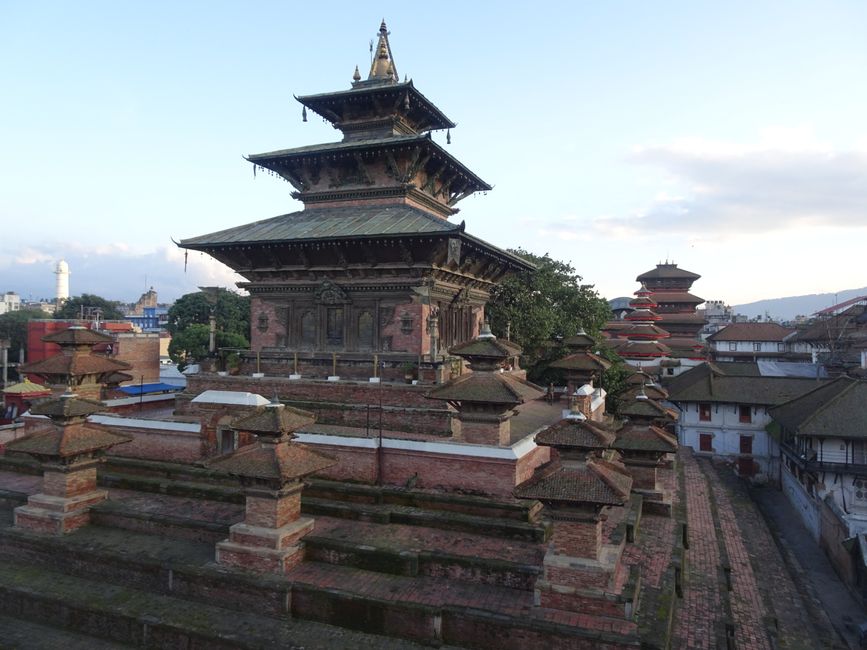
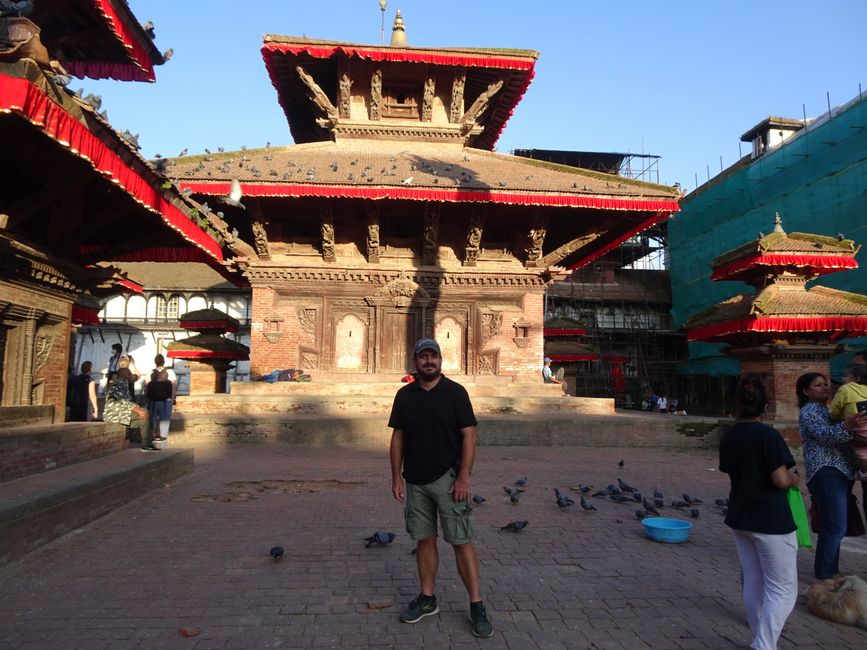
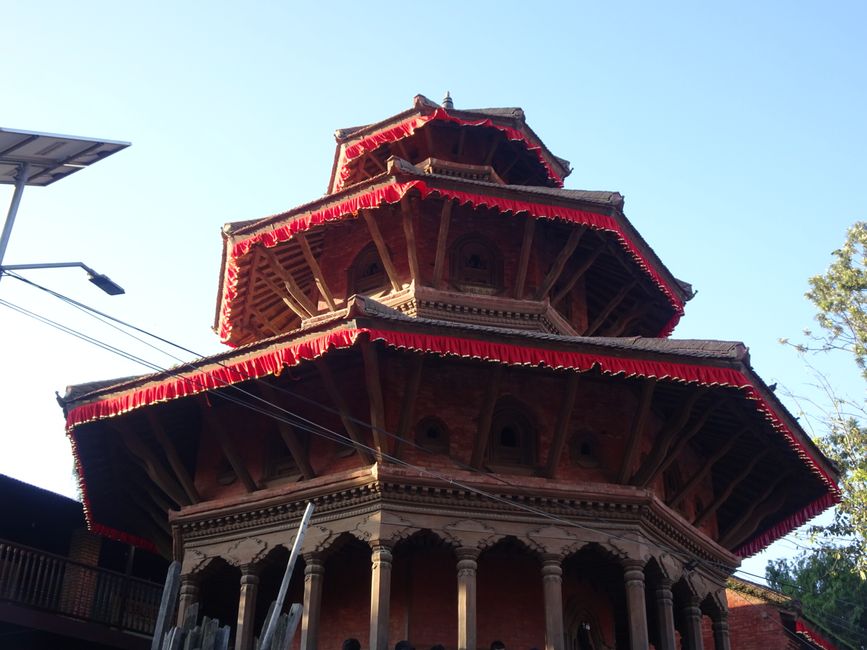
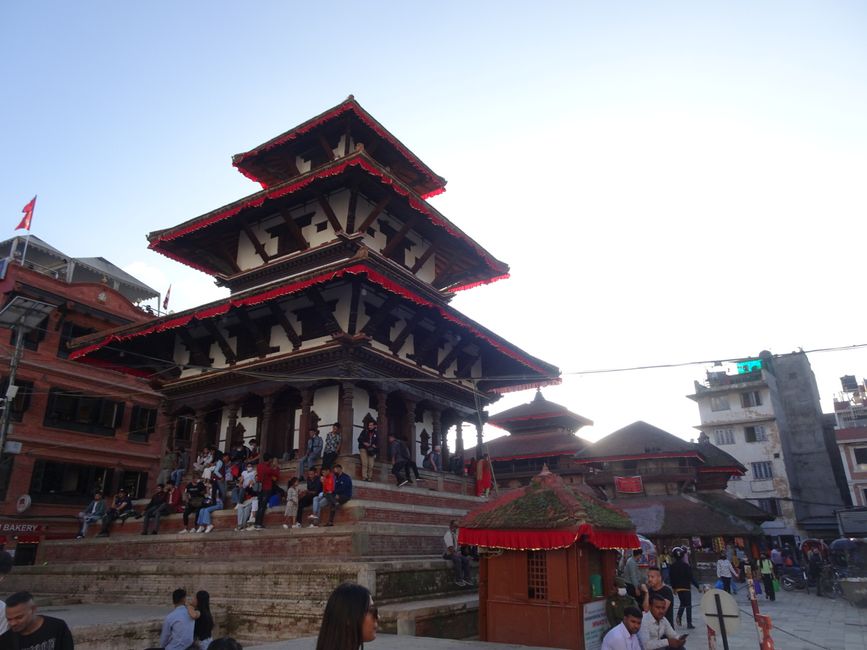
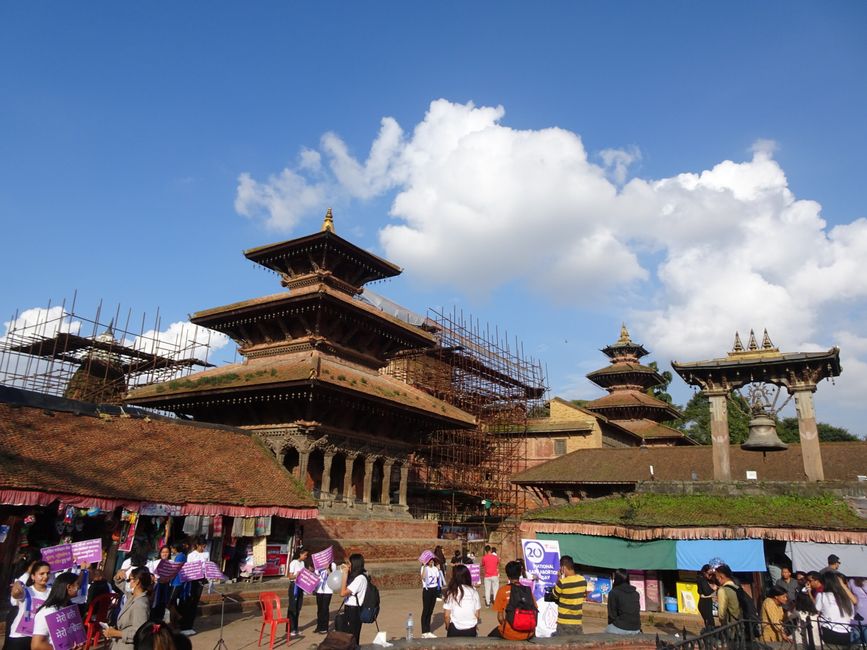
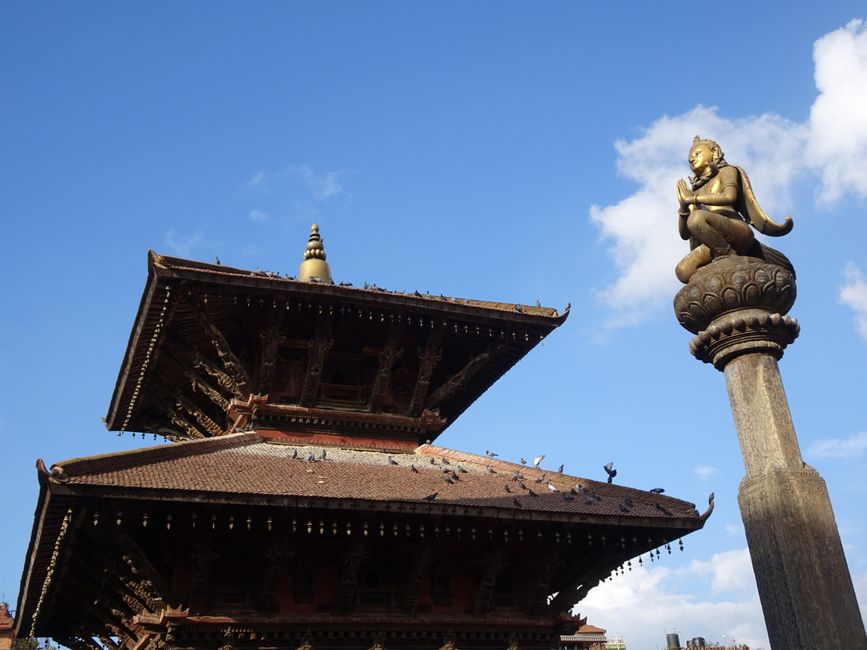
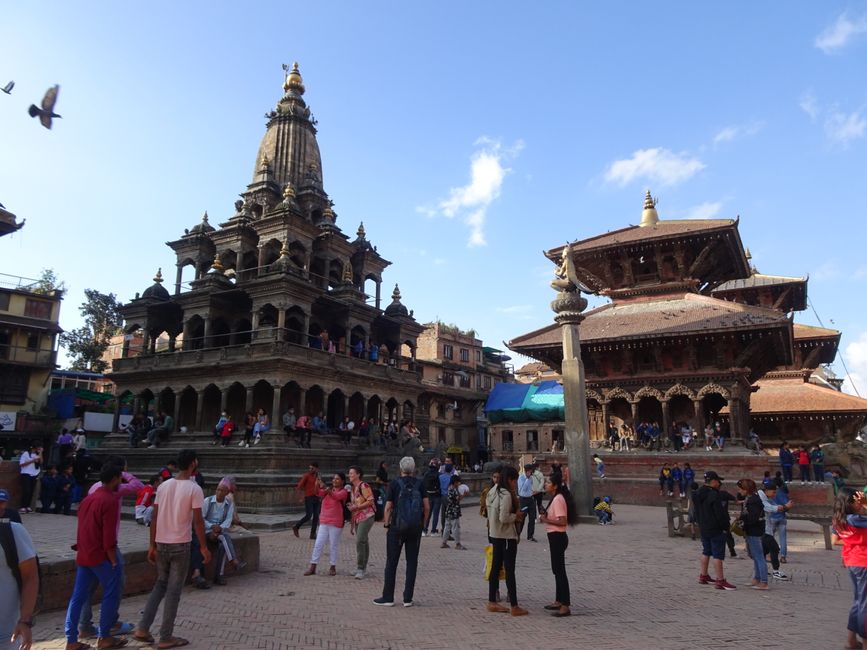
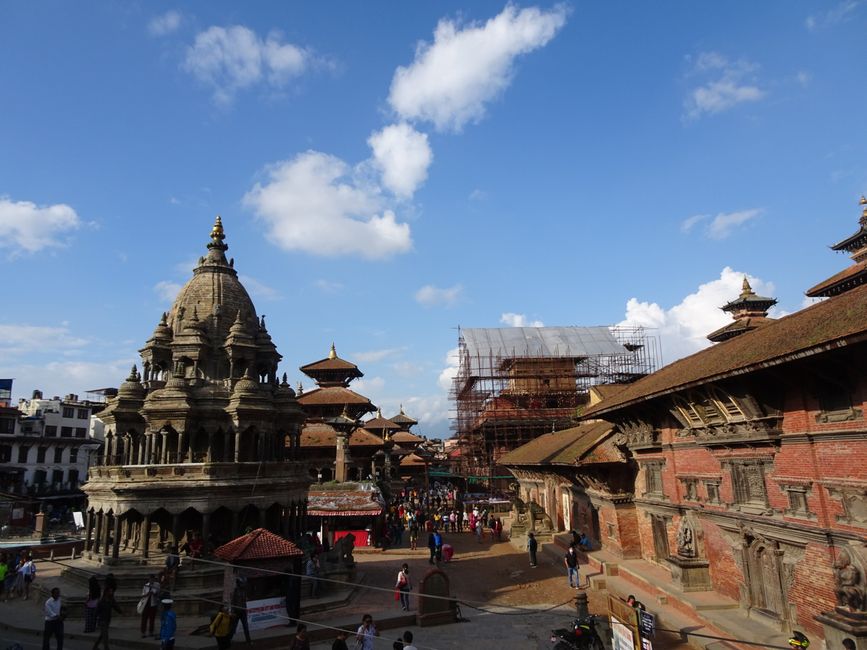
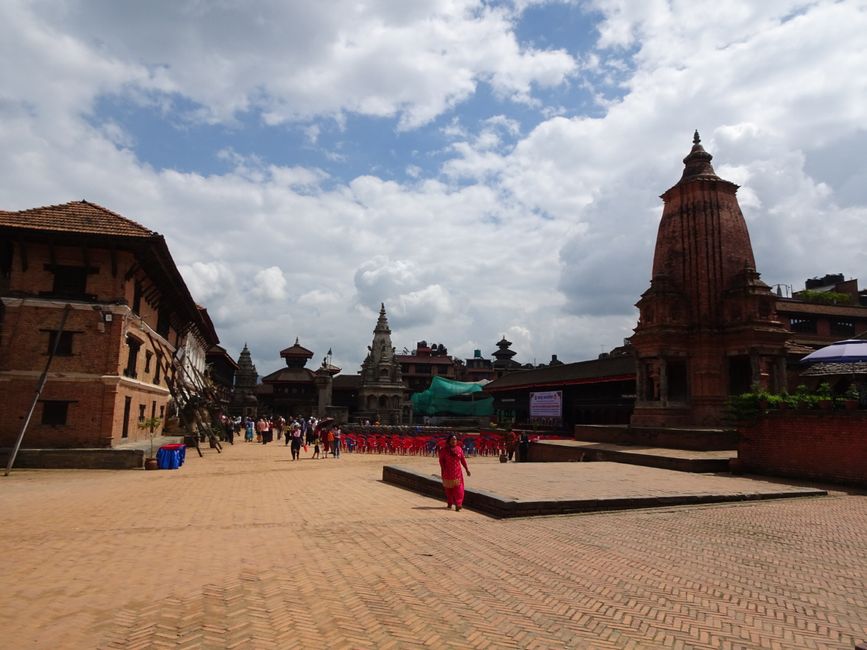
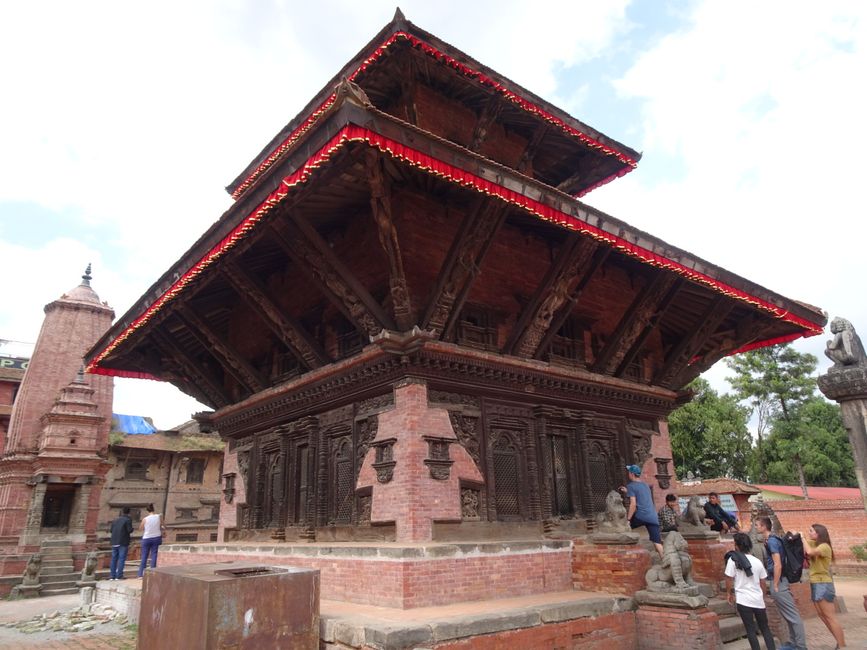
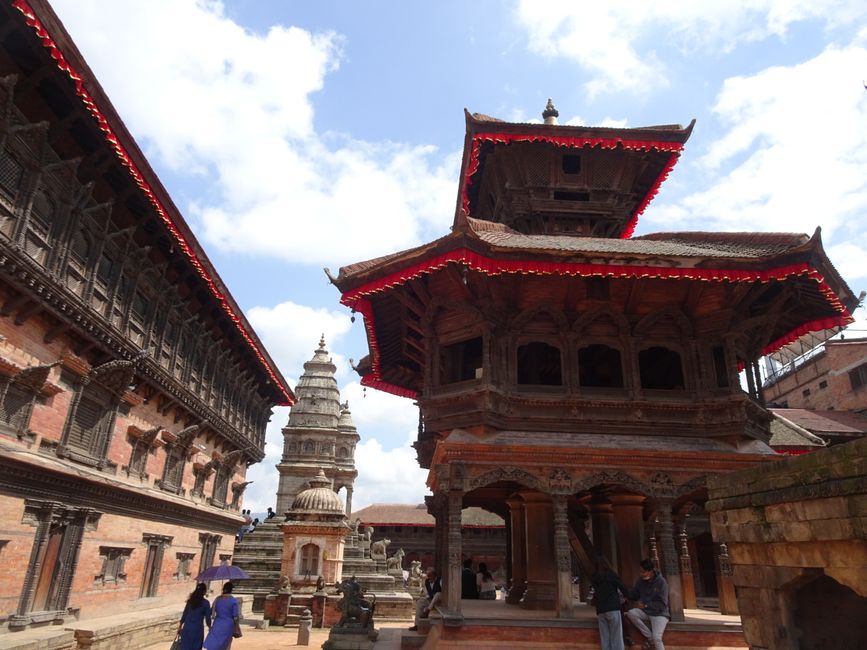
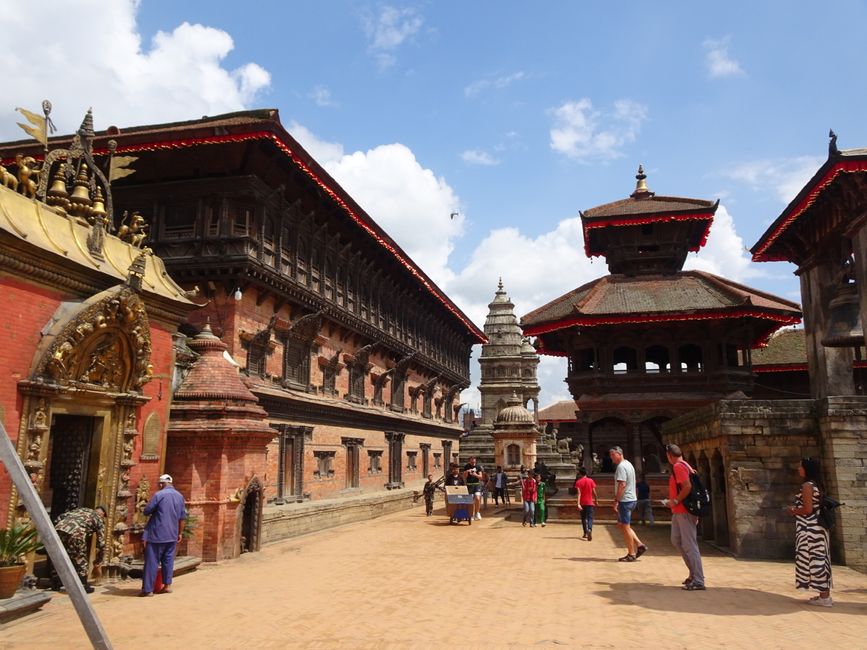
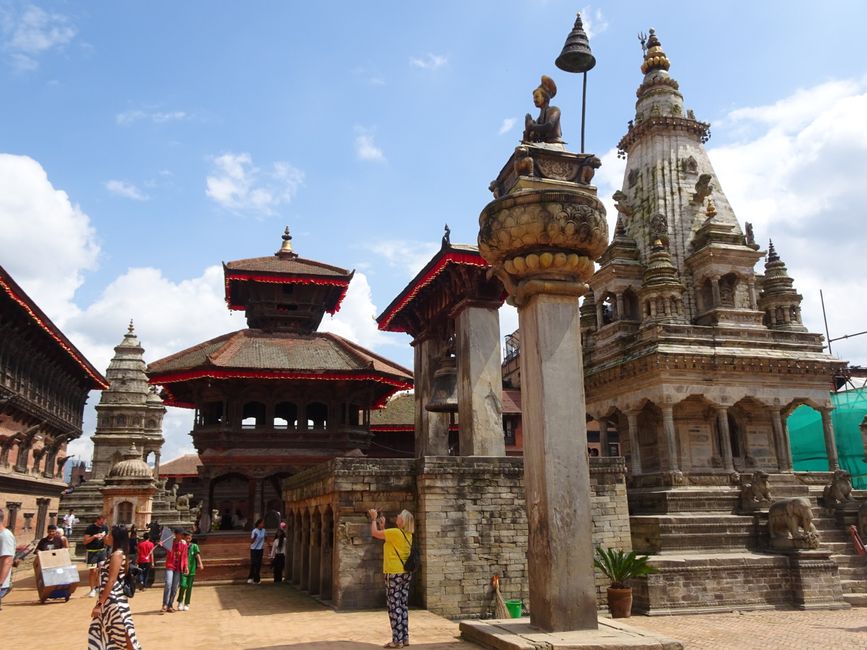
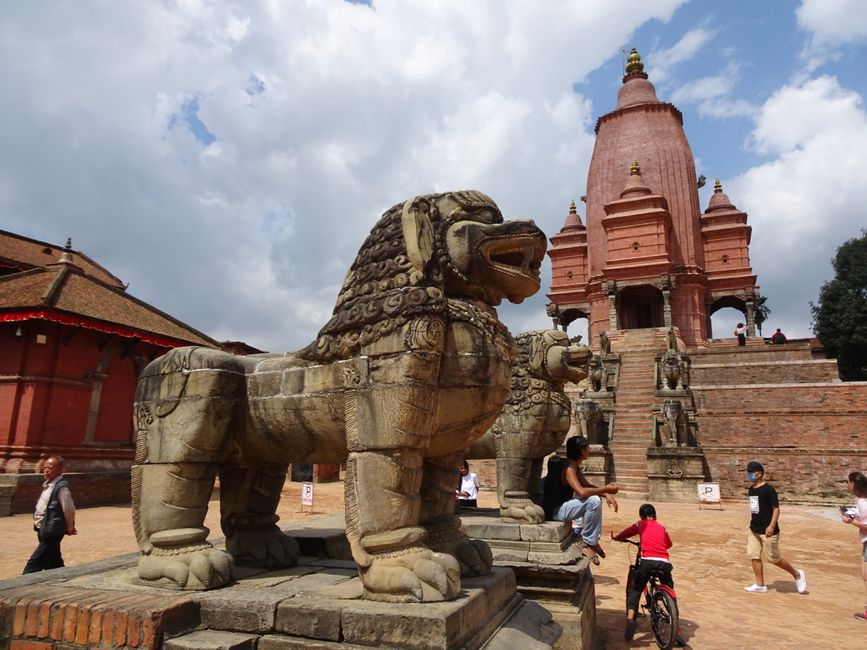
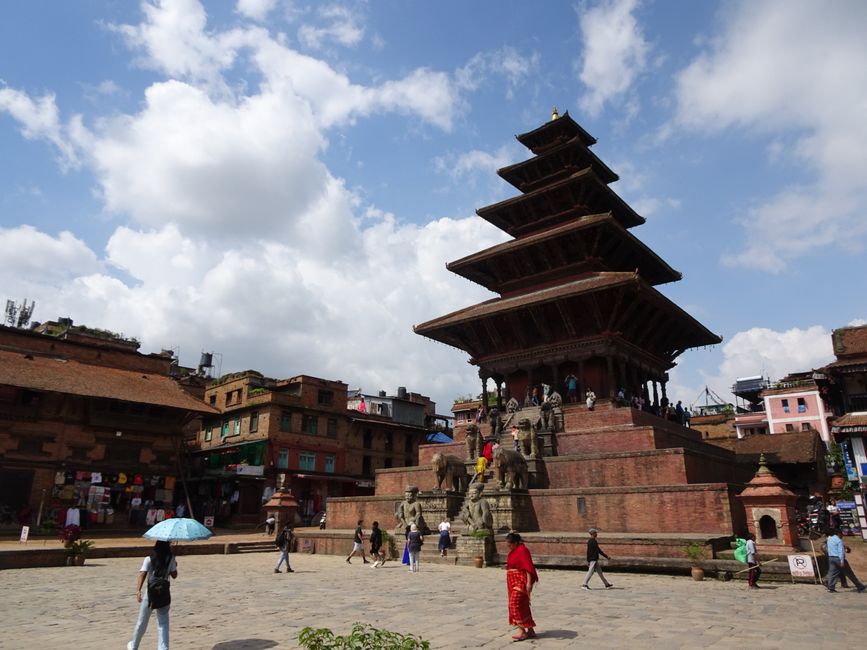
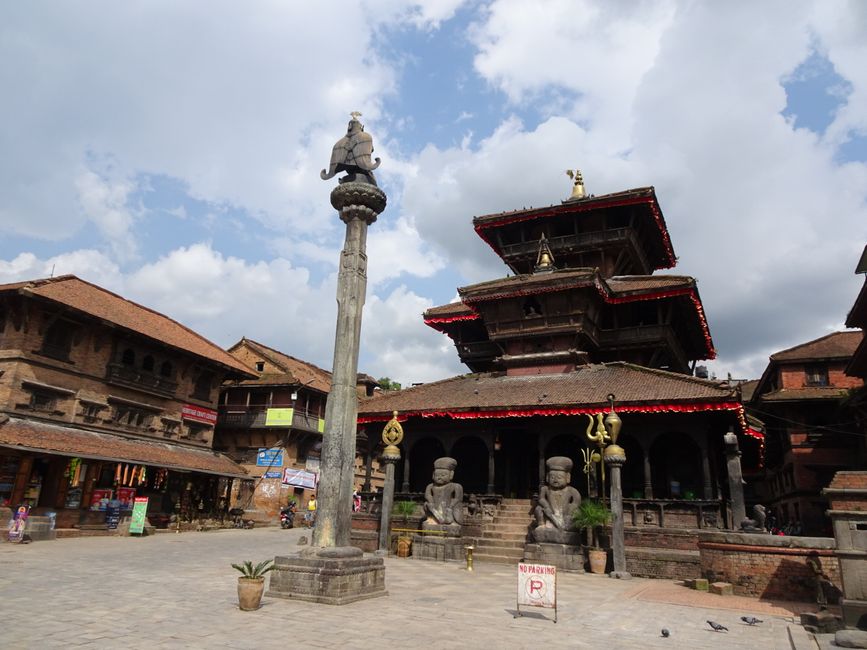
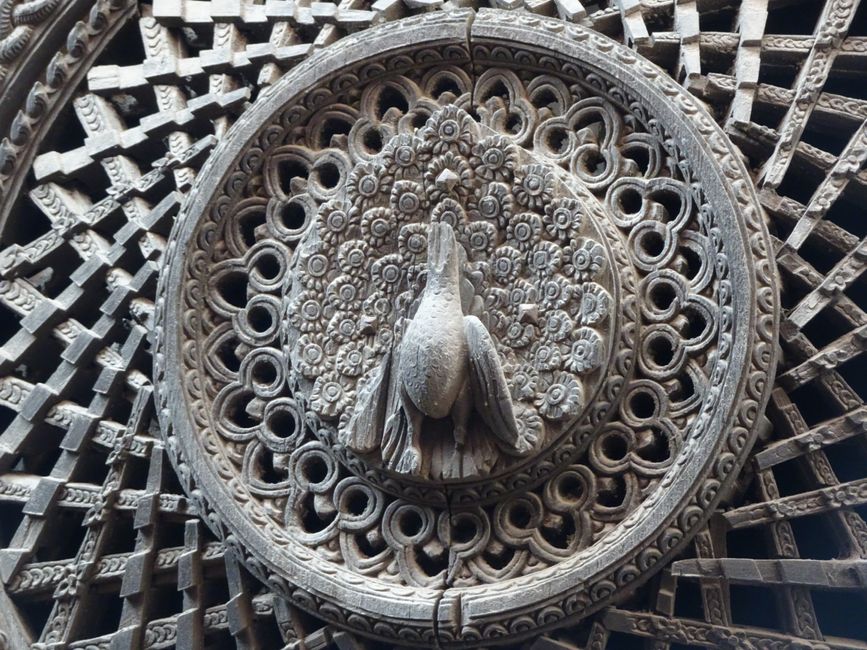
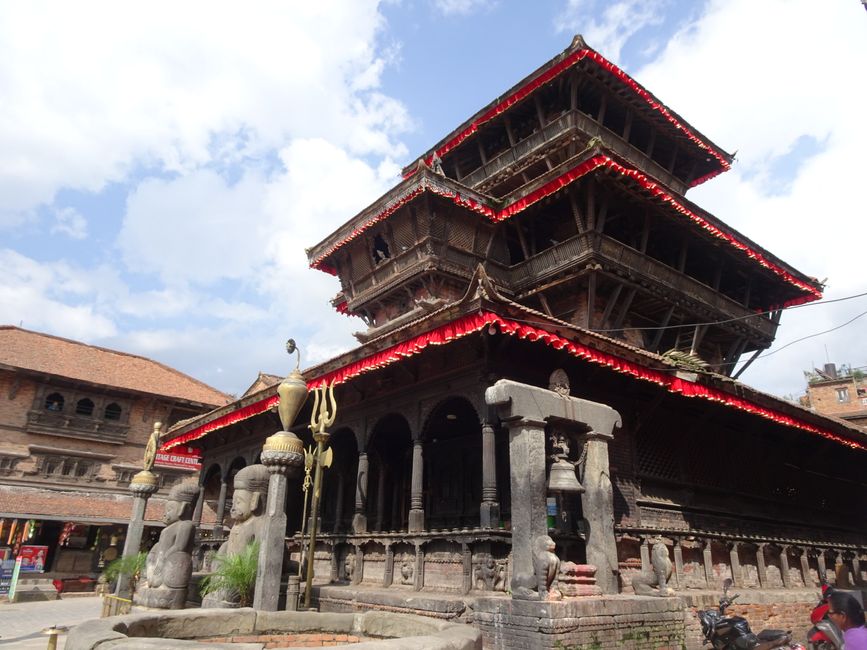
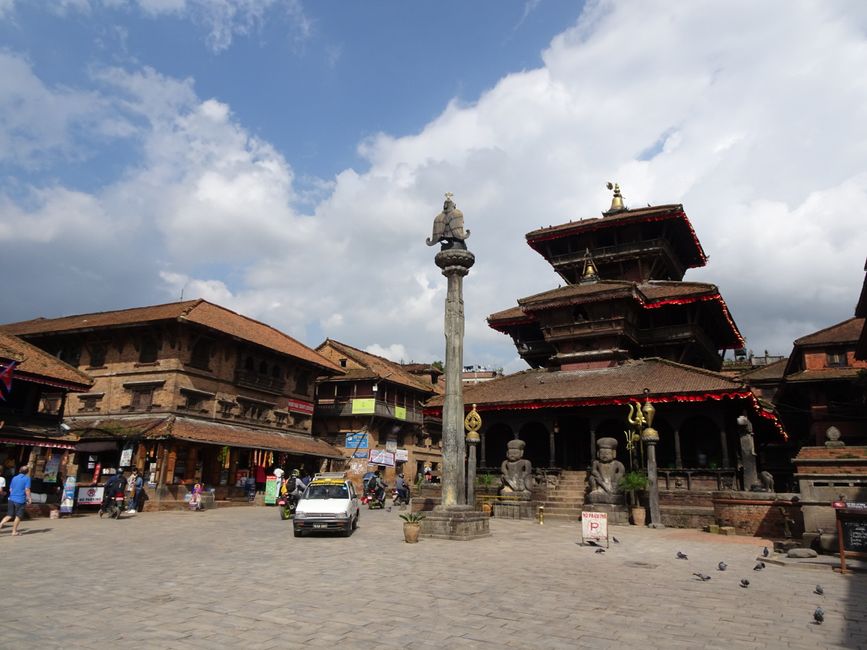
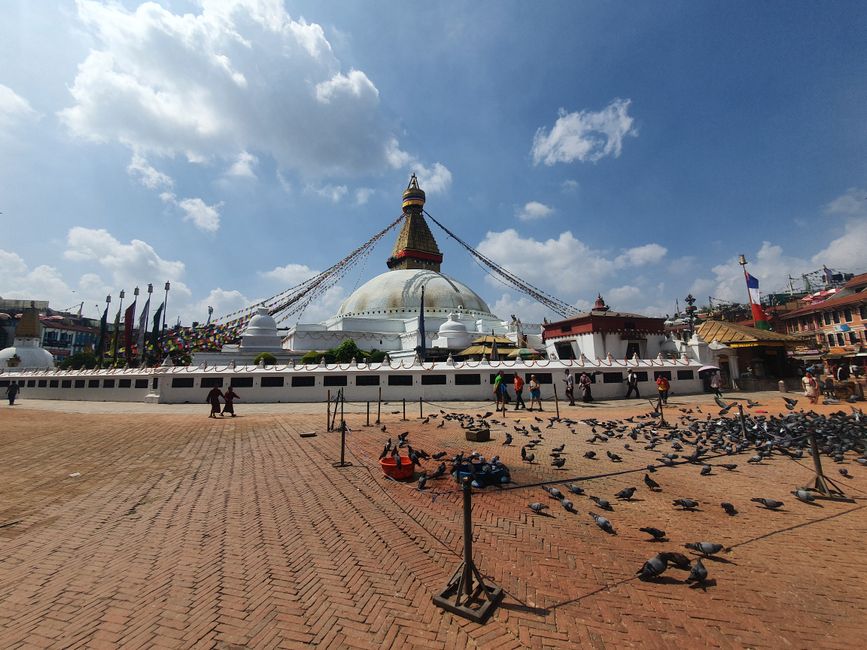
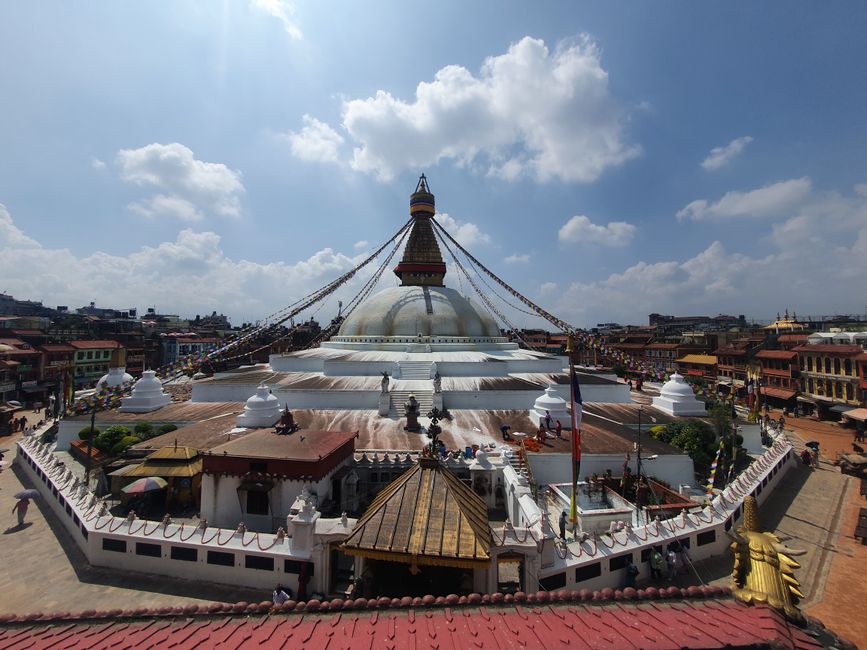
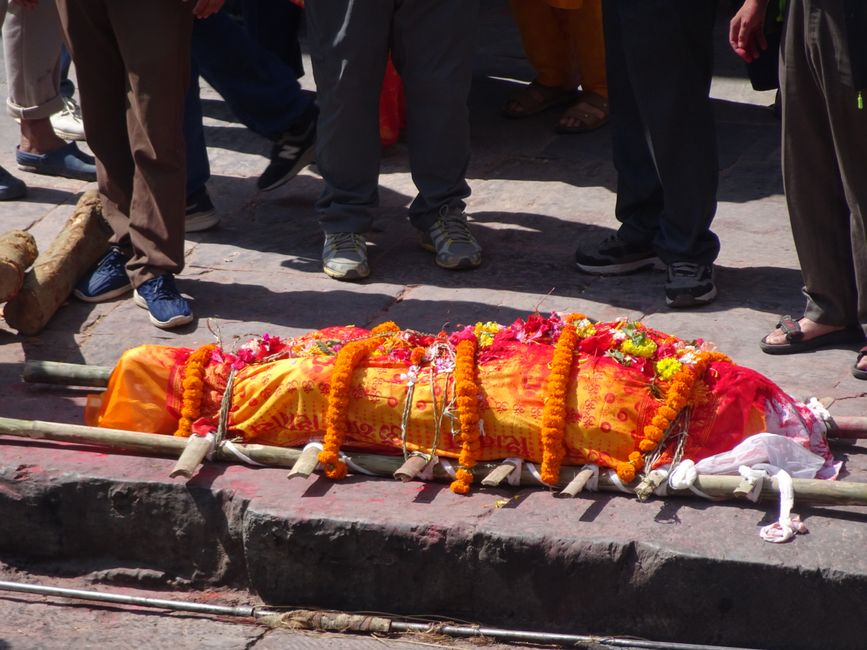
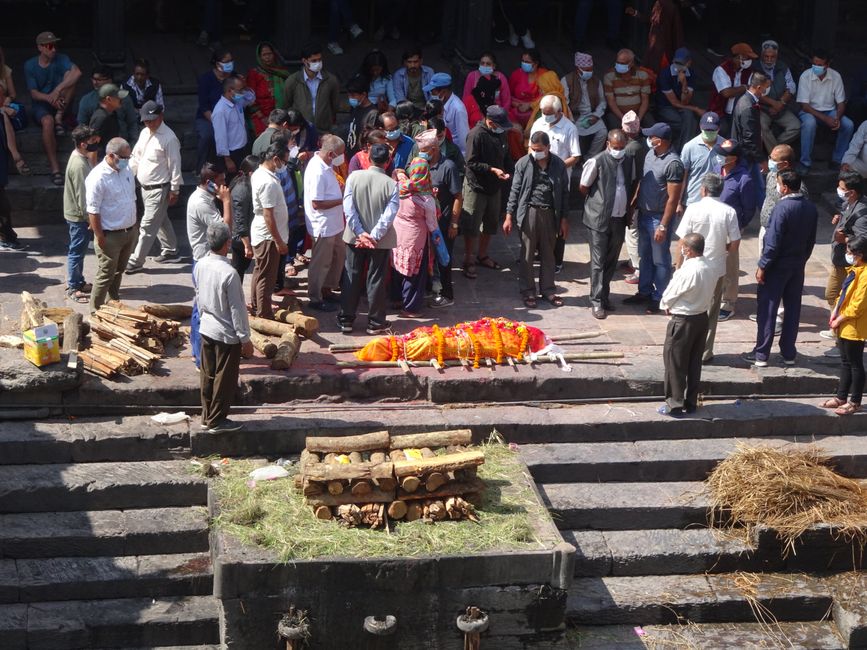
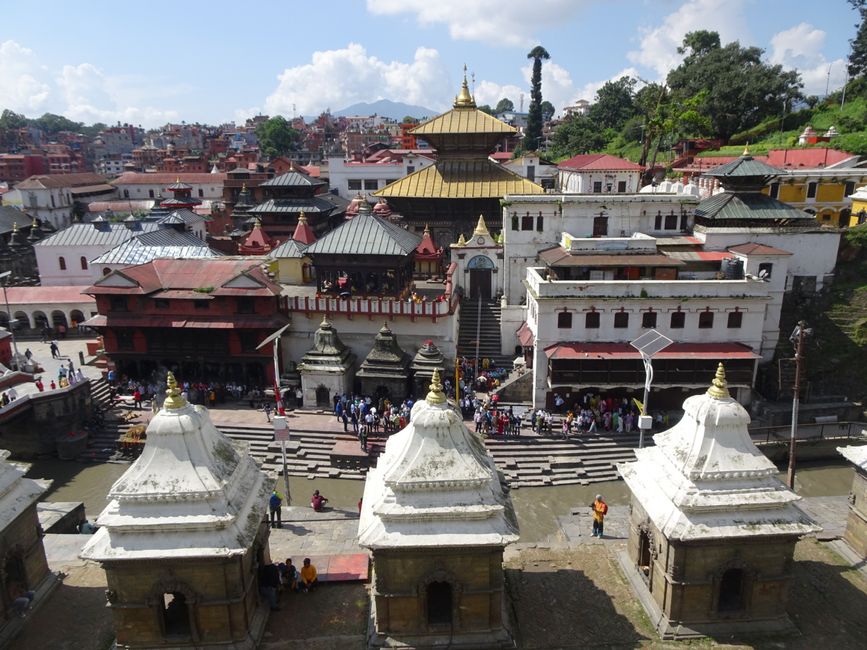
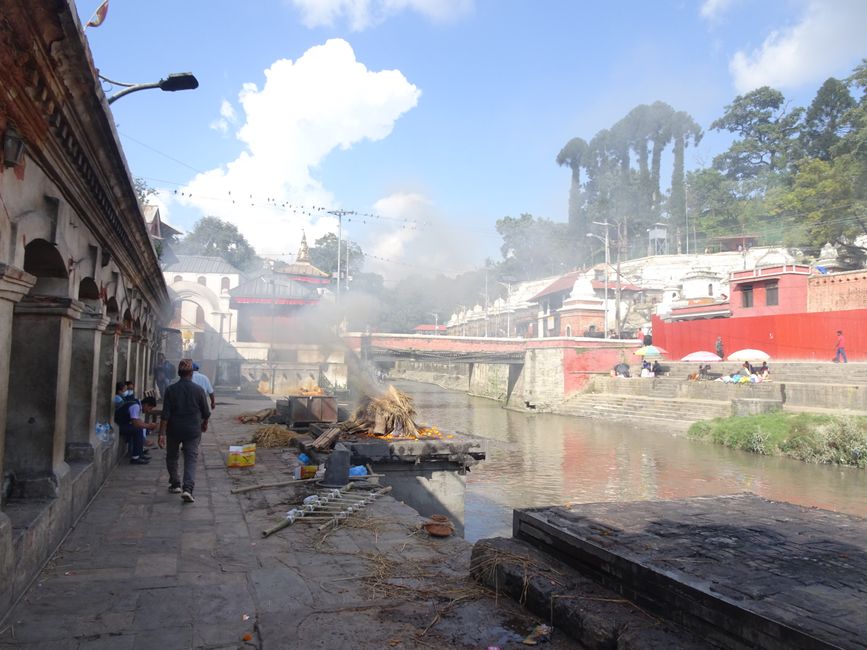
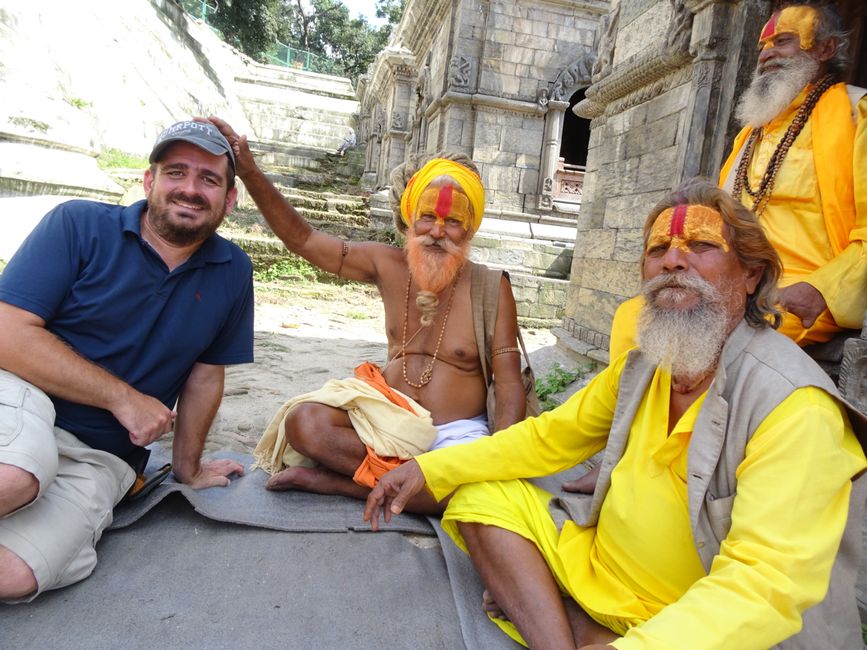
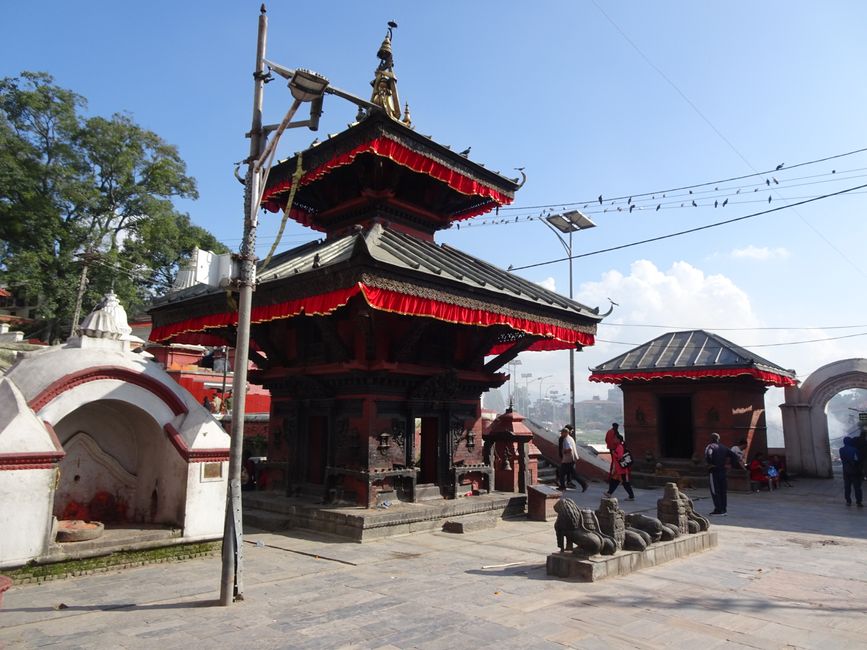
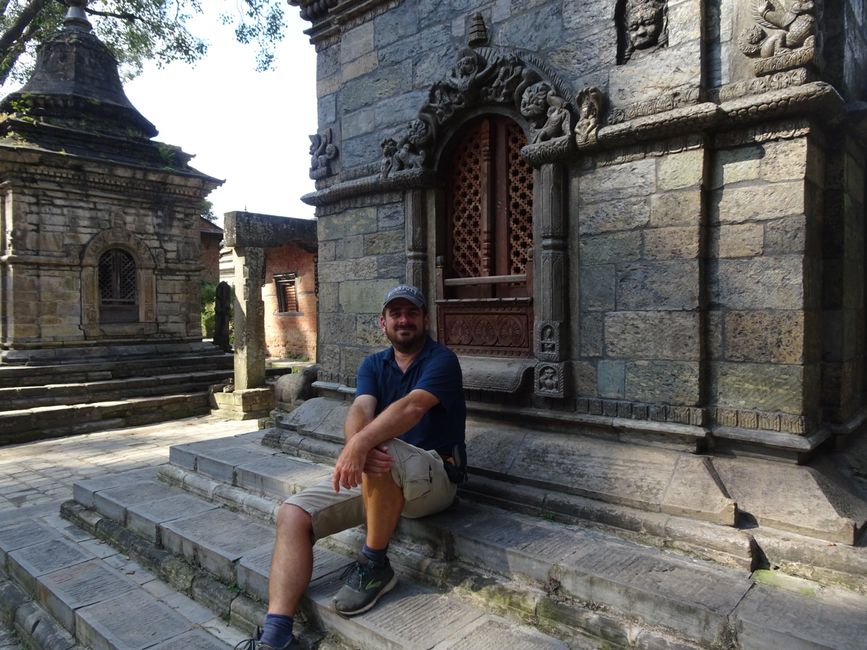
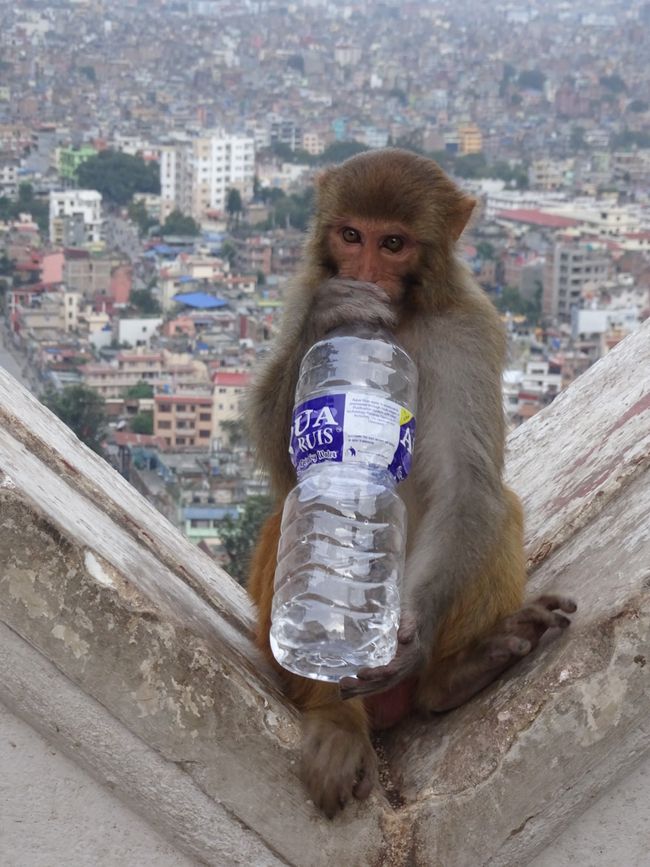
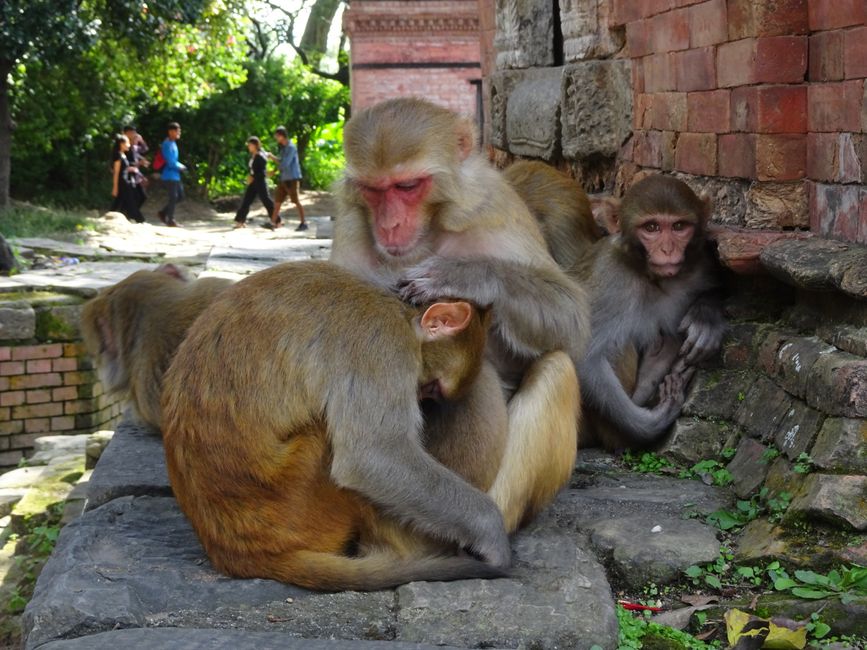
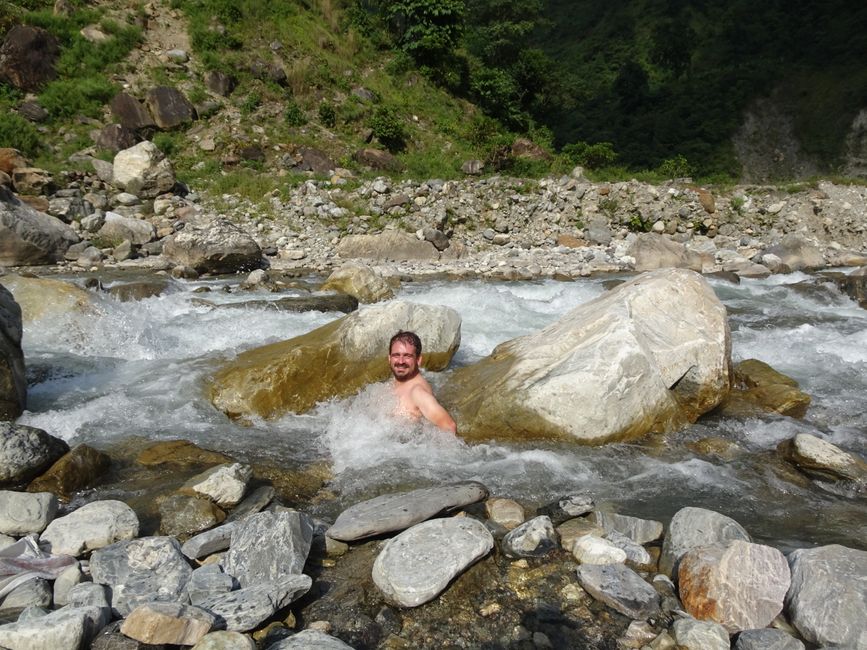
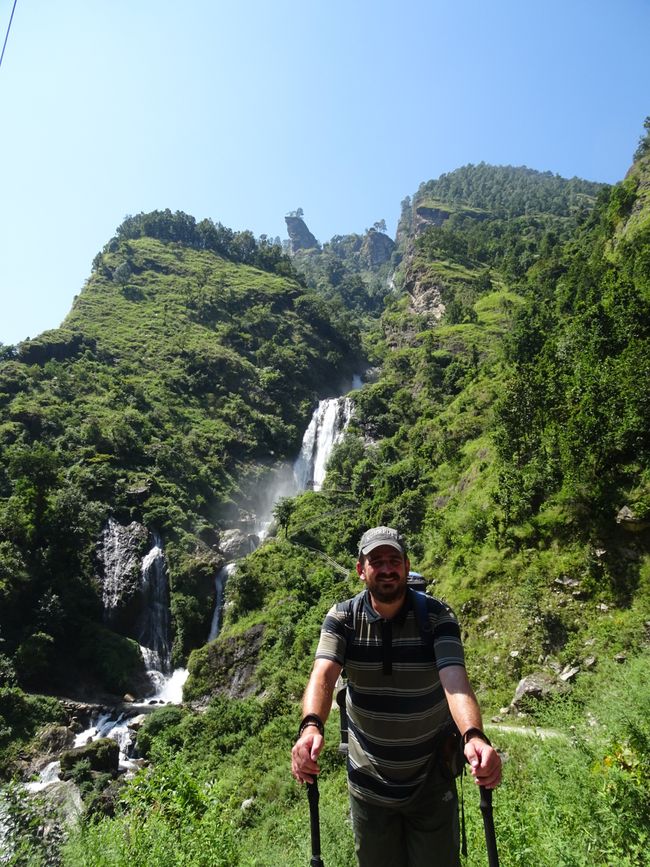
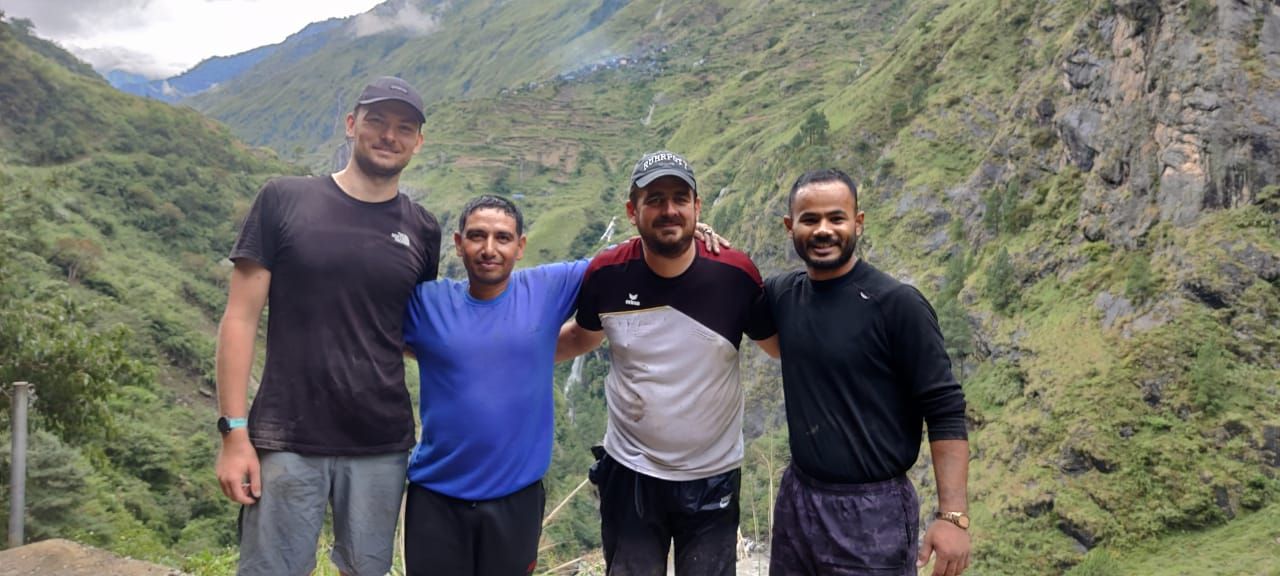
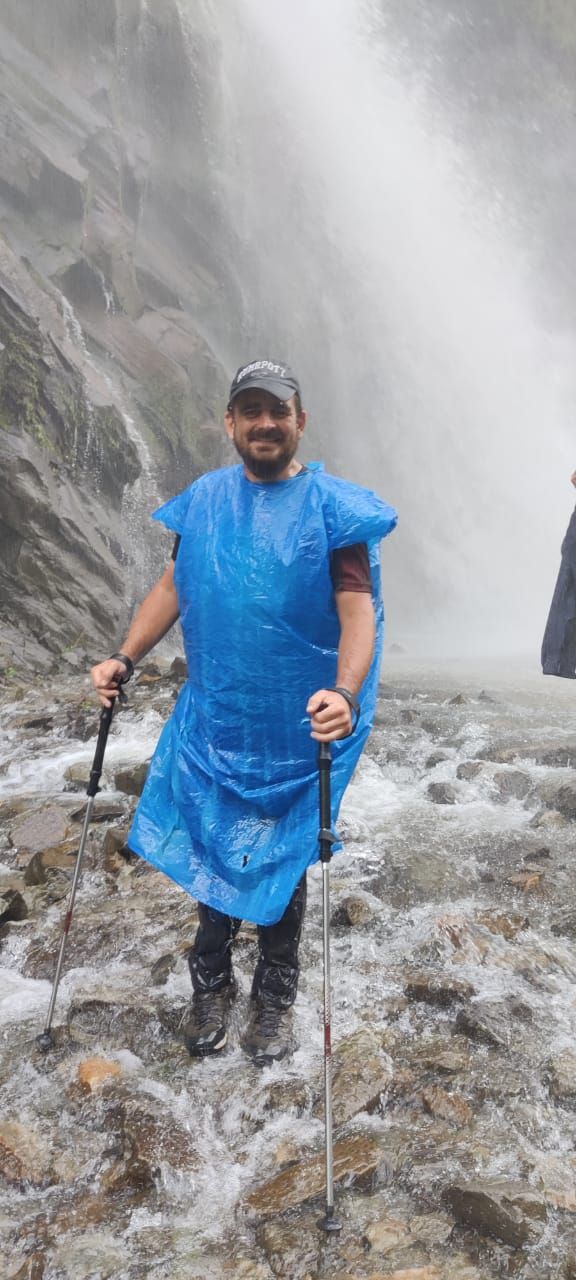
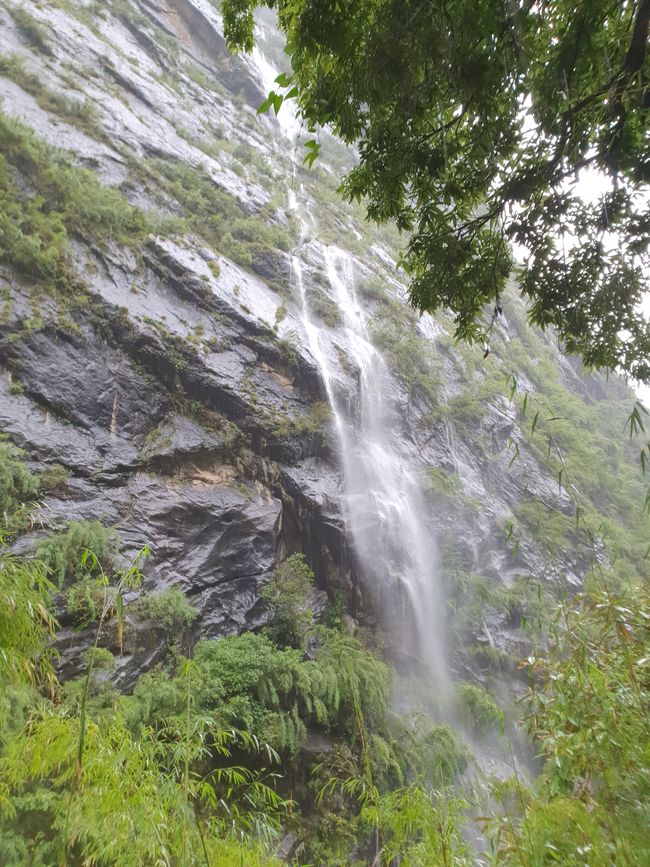
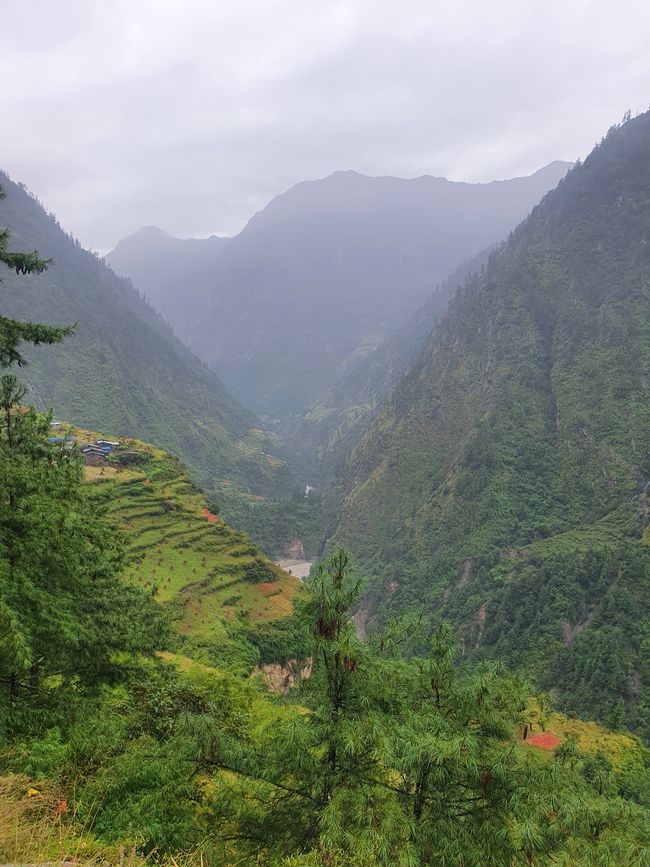
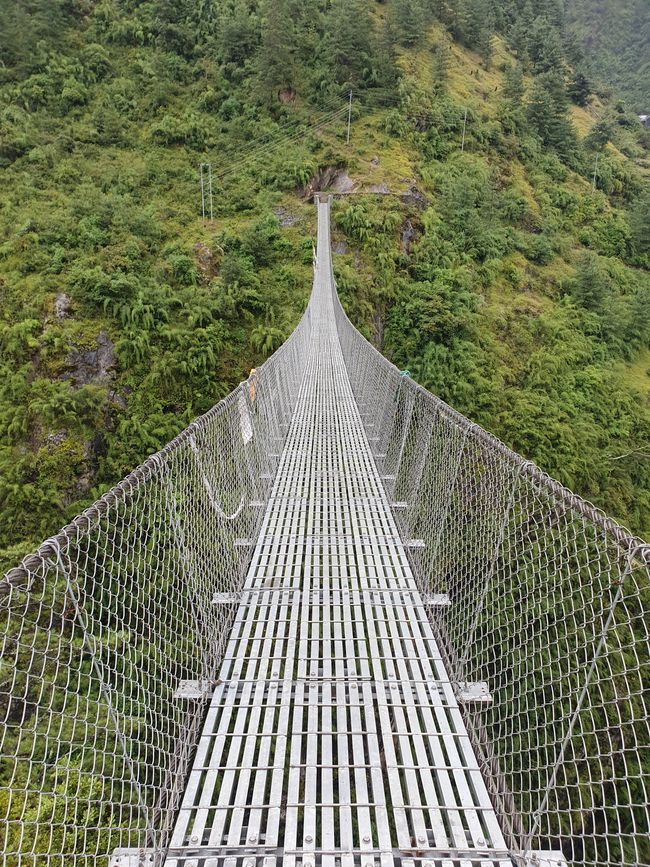
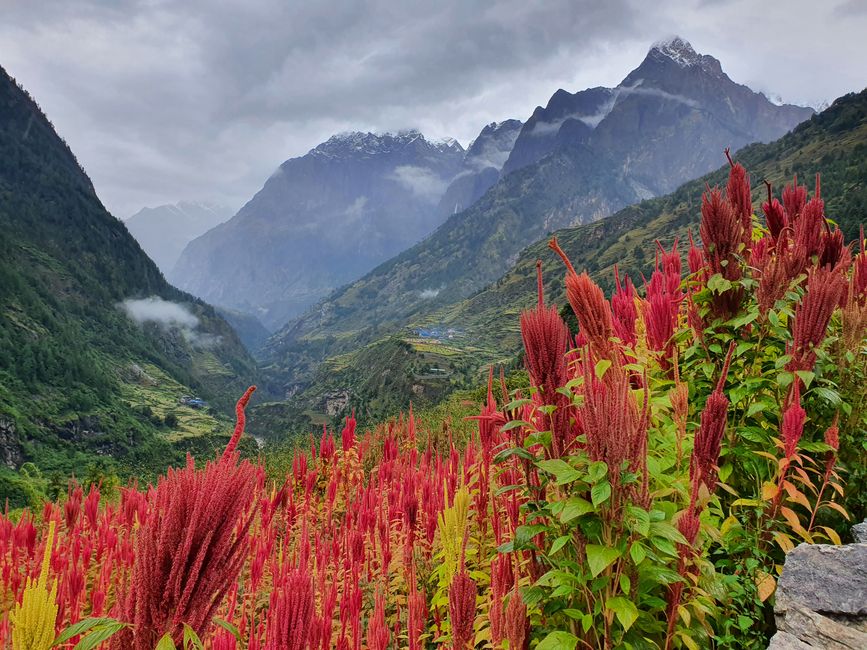

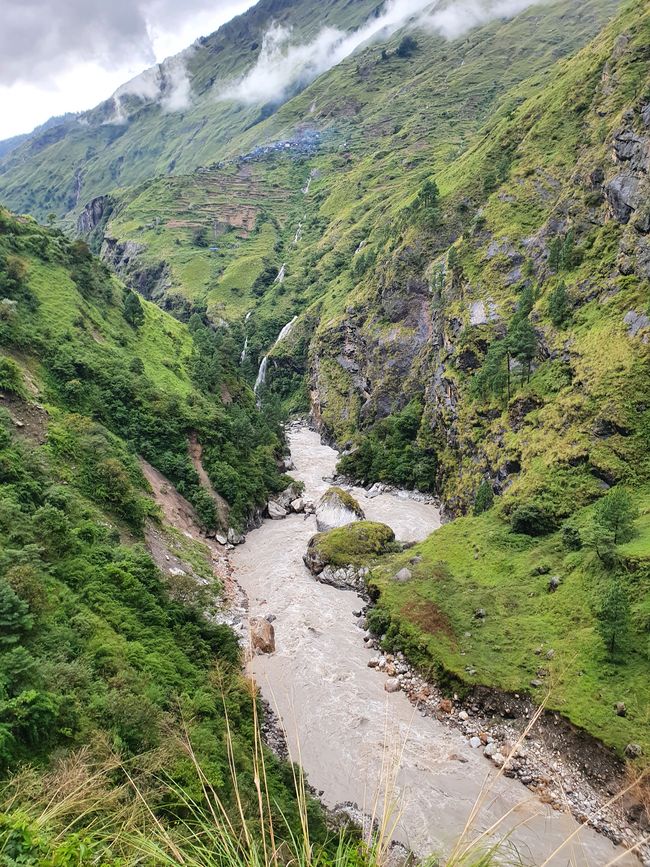
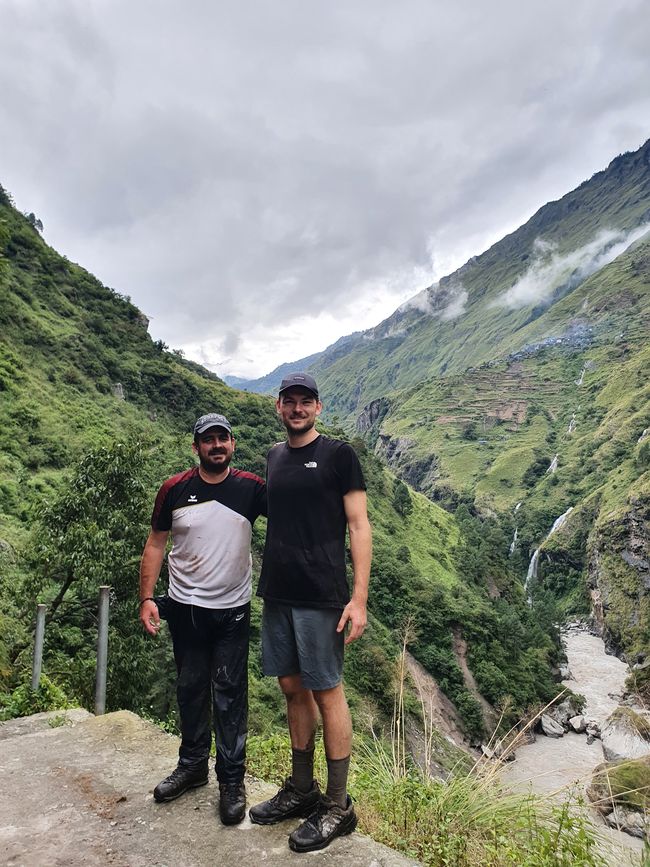
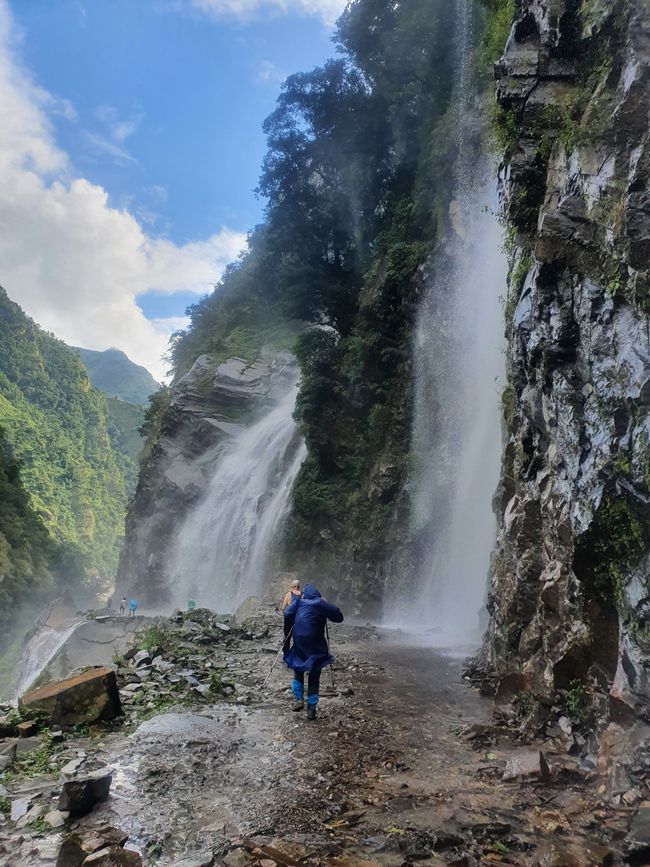
Subscribe to Newsletter
On September 24th, I arrived in the Nepalese capital Kathmandu after a night near Bangkok Airport. My first impression of the city was somewhat mixed. My accommodation was in the Thamel district, where most foreign tourists spend their first few days. The value for money was great and the guesthouse owner was very helpful. The city is very chaotic and the traffic seems uncontrollable. Unfortunately, you are constantly approached on the streets of Thamel if you need a guide, a scooter, a carpet, drugs, or anything else. This impression was confirmed the next day when I visited Kathmandu's Durbar Square and the Buddhist temple complex of Swayambhunath just outside the city center. Until shortly before my arrival in Nepal, I was not aware that Nepal is predominantly Hindu and not Buddhist. 80% of Nepalese are Hindus! The Durbar Square, which was heavily damaged by the devastating earthquake in 2015, has since been largely rebuilt and consists of some very impressive Hindu temples and a museum. The Swayambhunath temple can be reached via hundreds of steps and is besieged by some monkeys who are not particularly intrusive, unlike their counterparts in other places in Asia. Not only the temple itself, but also the view of the city and the surroundings is very impressive. The positive impressions were unfortunately disturbed by many self-proclaimed 'guides' who were difficult to dismiss. The next day, I visited the city of Patan, which is directly adjacent to Kathmandu, with its magnificent Durbar Square, which is even more beautiful than its namesake in Kathmandu. While visiting the beautiful complex, I also noticed that even here, just a few kilometers from Kathmandu, the self-proclaimed guides were much more reserved than in the capital. The following two days, I visited the Buddhist and Hindu sanctuaries of Bhaktapur, Boudhanath, and Pashupatinath. Bhaktapur is considered the best-preserved ancient city in Nepal with magnificent Hindu temples. Boudhanath, with its huge stupa, is the most important sanctuary of Tibetan Buddhism and therefore the most important pilgrimage site for Tibetan exiles in Nepal. On the other hand, the visit to Pashupatinath is somewhat strange. Non-Hindus can only visit the Hindu temple from the outside. However, here, spectacularly on a river, human corpses are publicly cremated! A more than questionable spectacle, even if cremating a corpse here costs 10,000 rupees, which is a respectable 80€ equivalent in Nepalese terms. But for devout Hindus, cremation here is the best thing that can happen to them after death. On the other side of the river, you can visit several temples via some steps, where Sadhus sit in front of them. Sadhus are Hindu ascetics, the most faithful followers of the god Shiva. The next day, I first traveled from Kathmandu to Gorkha by tourist bus and then by public bus, which took 6 hours. This gave me a first impression of the roads in Nepal and public transportation. In Ethiopia, where I was in 2019, you can get around faster and more comfortably! And it's not because of the mountains, which do not play a role on this route! The city of Gorkha is quite beautiful with a castle on a hill, but unfortunately, the promised highlight in the travel guide, the castle, was not accessible due to renovation work. So, my day trip to the town of Bandipur with a rented scooter was even more beautiful. The main street of this town is full of beautifully restored colonial-era buildings, there are several beautiful temples, and a viewpoint from which, on a clear day, which I unfortunately didn't have, you can overlook the entire Annapurna Massif. And the weather! The monsoon should actually end here in late September. In the first few days, I had hardly any rain and the clouds around the mountain peaks were getting fewer and fewer. This made me optimistic for the highlight of my stay in Nepal, the circumnavigation of the eighth highest mountain in the world, Manaslu (8161m), on the Manaslu Trail. This trail of 12 to 15 days crosses the Larkya Pass at over 5100m, but is considered overall safe, albeit physically demanding. Accommodation is available in 'Teahouses', which are similar to simple mountain huts in the Alps. So, on October 2nd, I took a catastrophic minibus from Gorkha to Arughat, where I was supposed to meet my local guide Ajit and my Australian companion Ryan. The next morning, we set off at an altitude of only 800m in the best weather. After a short time, we could see the snow-covered peak of Goudha Himal, a 6000er. What we did not yet know at this point: it would be the only really high mountain we would see. We reached the destination of our first stage already around noon without any problems, where I first looked for a suitable spot to cool off in the nearby river. The next day, we continued our journey, but the weather turned and it started to rain early in the afternoon. Over the course of the evening, when we had already reached our destination, the rain became heavier, and we received the terrible news that it would rain continuously in the next few days. According to this forecast, it rained all night, and we continued our journey in pouring rain the next day. It snowed up to just under 3000m, which usually only happens in December. In a village, I bought allegedly waterproof pants at a bargain price of 8€. Already in the afternoon, we had problems at one point due to rockfall, but we managed to pass it. So, we reached our accommodation completely soaked. The next day, we couldn't cross a section due to a landslide and rockfall, and we decided to try again the next day. But during breakfast, we received the news that our highest point, the Larkya Pass, was closed due to 3m of snow. The closure would last at least a week, more likely two weeks, until enough snow had melted. So, we had no choice but to turn back. The return journey turned out to be dangerous. There were landslides or rockfall in many places. We also had to cross several waterfalls. Fortunately, on October 9th, we reached our starting point, and I was able to continue to Pokhara by bus.
Subscribe to Newsletter
Answer
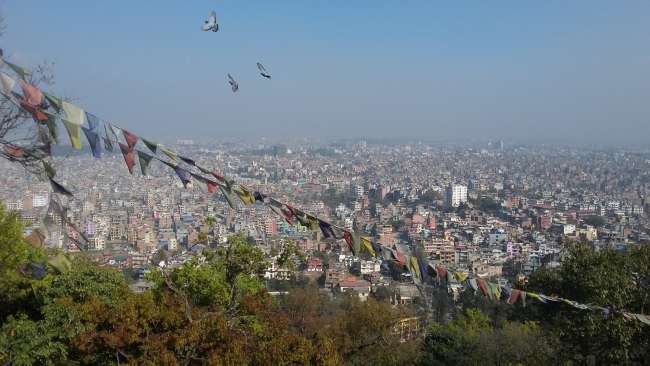
Travel reports Nepal
